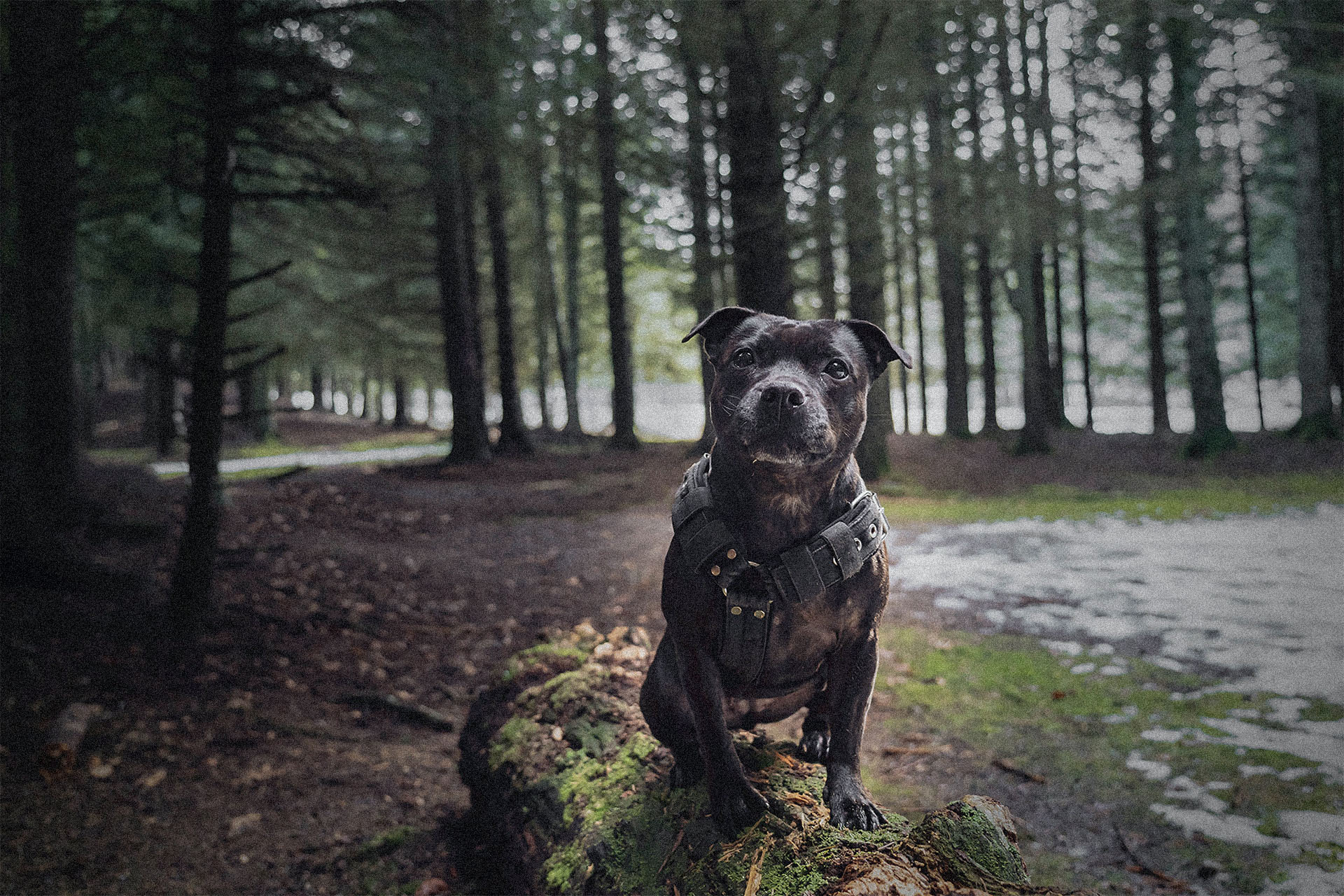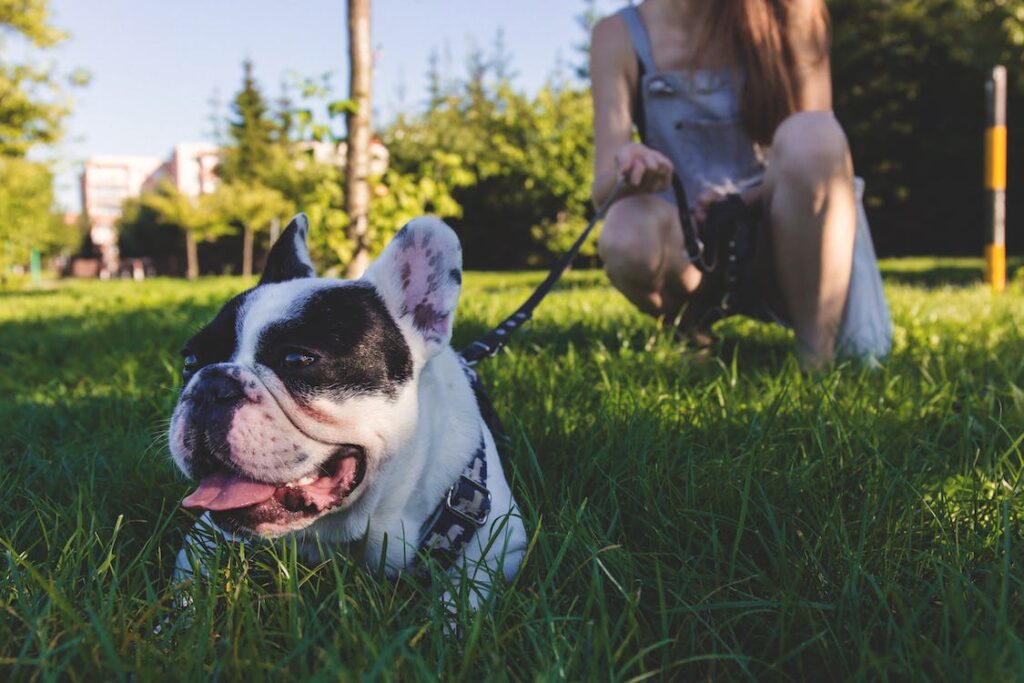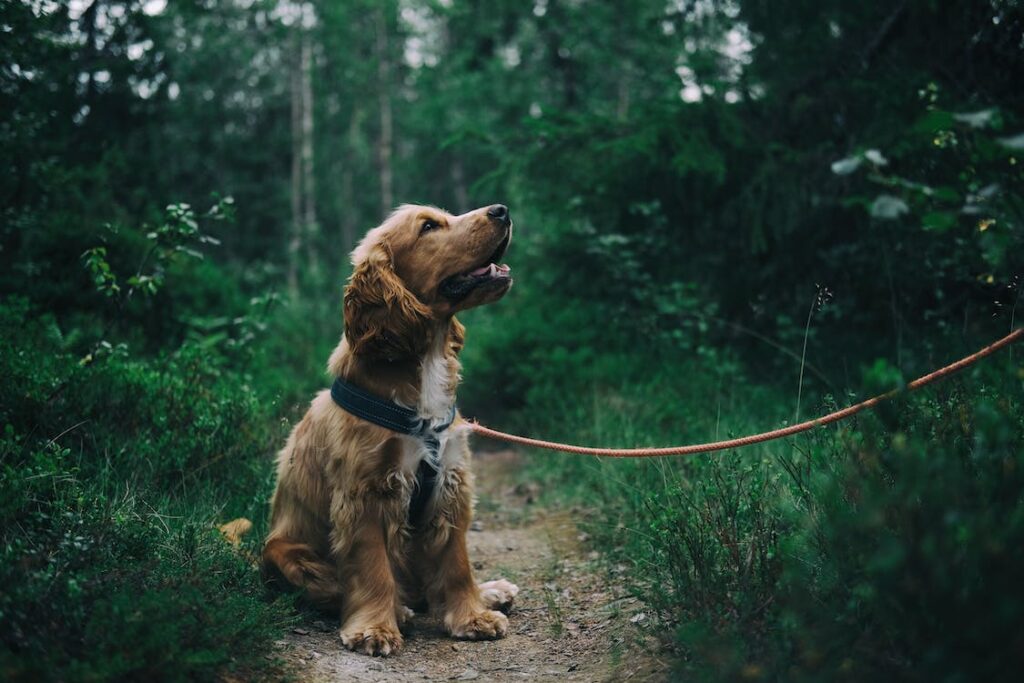Reactivity
SHARE
What is reactivity and why does it happen?
Reactivity, often misunderstood as aggression, is an exaggerated response to triggers encountered by your dog. Whether on leash or behind a barrier, this behavior can escalate depending on the situation, stemming from fear, anxiety, or frustration (sometimes all three).
Understanding that reactivity is an emotional response, we explore the multitude of factors contributing to it, from under socialization to pressure in certain environments like dog parks or daycares. But fear not, as there are ways to help your reactive dog.
By managing their environment and creating distance from triggers, coupled with a marker system and rewarding neutral responses, you can aid in behavior modification. Remember, if you have a reactive dog, you’re not alone. Training and modifying behavior is a journey filled with ups and downs. Embrace the process, and don’t compare your progress to others’. Every dog’s training journey is unique.
Reactive human
It’s crucial to recognize the impact of our own emotions on our furry companions. The frustration, anger, or fear we feel can directly influence our dogs’ reactions. Building your dog’s confidence isn’t just about them; it’s about your confidence as a handler too.
Equip yourself with the right tools and techniques, always prepared for any situation. Remember, how you respond shapes what happens next. Prioritize your and your dog’s safety and confidence by having an emergency plan in place. Identify escape routes and strategize encounters proactively to avoid high-risk situations.
Understanding your dog’s threshold distance is key. If avoidance isn’t an option, have a clear plan for handling challenging situations. This advice isn’t just for those with reactive dogs—it’s for everyone. Set yourself and your dog up for success by being proactive and prepared. You’ve got this!
Advocating for our dogs
Understanding our dogs is fundamental to their happiness and overall well-being. It starts with getting to know them on a deeper level—understanding their individual personalities, preferences, and triggers. Every dog is unique, so tailoring our approach to each one is essential in being their best advocate.
Recognizing and respecting our dogs’ limits is crucial. We must understand what they can handle and avoid pushing them beyond their comfort zones. This approach fosters a happier and less stressed environment for our furry friends.
Consent matters greatly in our interactions with dogs. Always ensure your dog is receptive to attention, keeping petting sessions brief and respecting their cues when they’ve had enough. Remember, they don’t need to be petted by strangers. This concept of consent directly relates to managing reactivity, highlighting the importance of respecting our dogs’ boundaries.
Effective management is key in handling challenging situations. Utilize tools like leashes, place training, and crate training to keep your dog safe and comfortable. Additionally, implementing avoidance training can teach your dog to steer clear of potentially harmful encounters, ultimately preventing unwanted situations and ensuring their safety.
As advocates for our dogs, it’s our responsibility to understand, protect, and care for them to the best of our abilities. Let’s strive to create environments where our dogs can thrive and live their best lives.

How Do I Stop My Dog From Pulling On Leash?


How Do I Socialize My Puppy?
